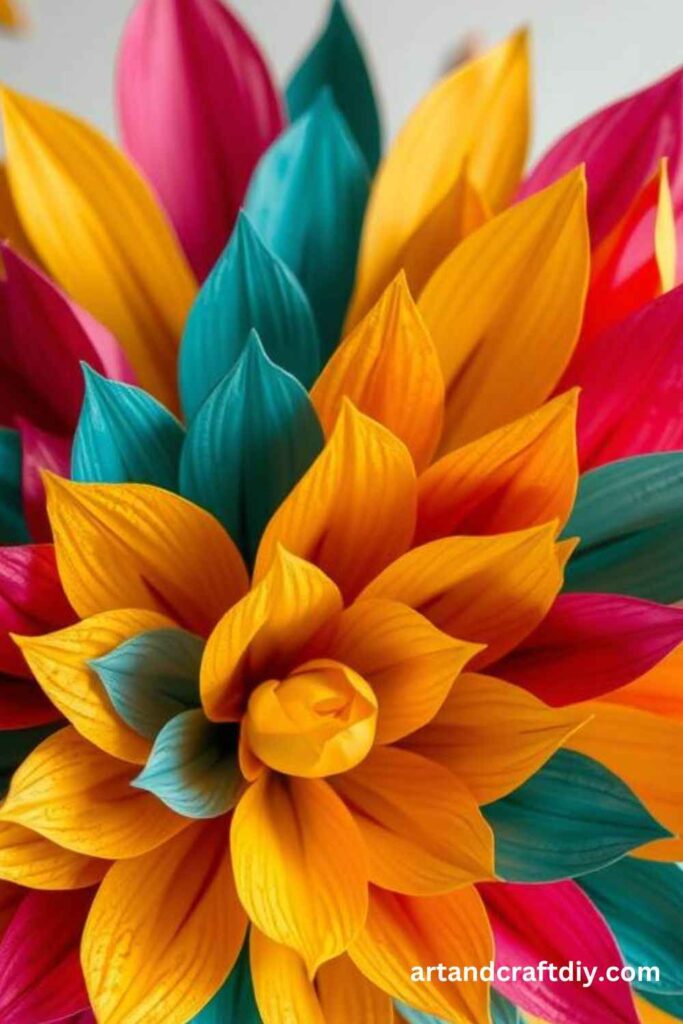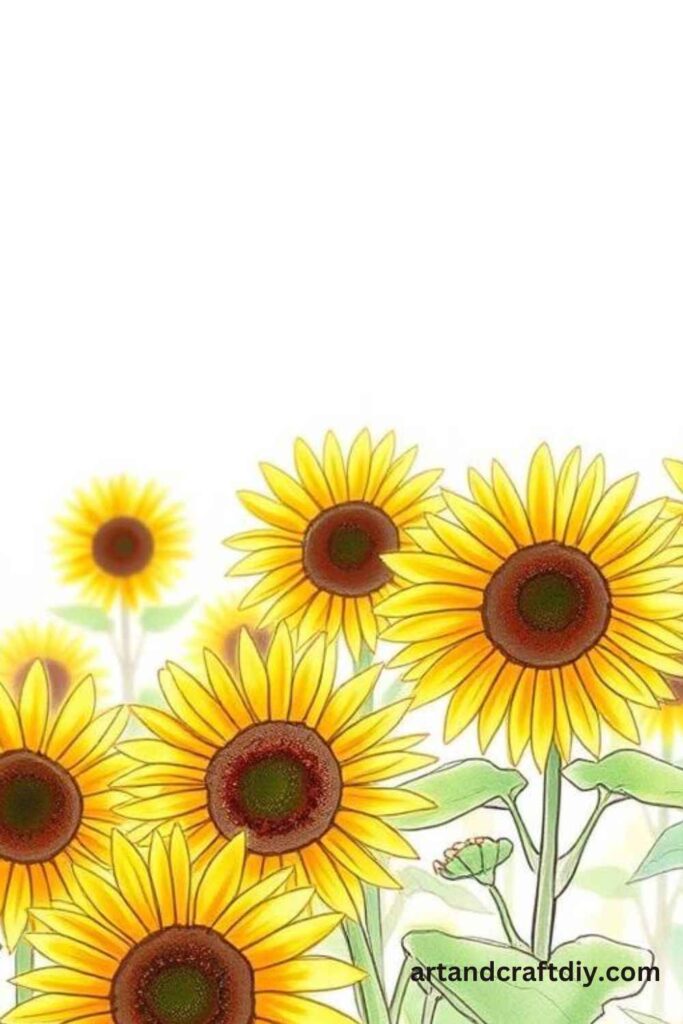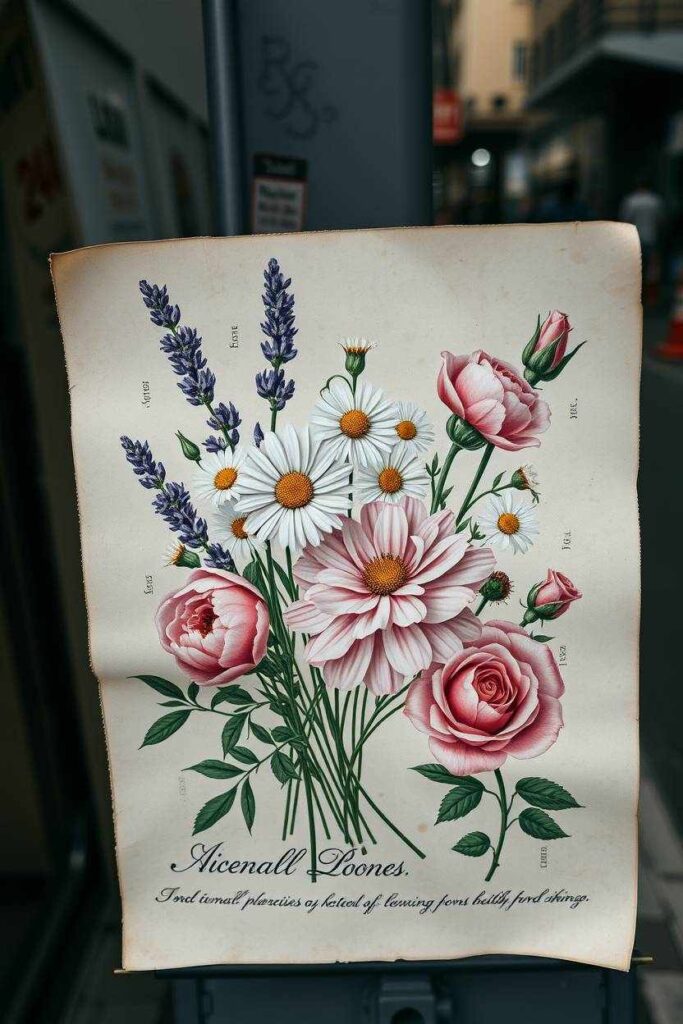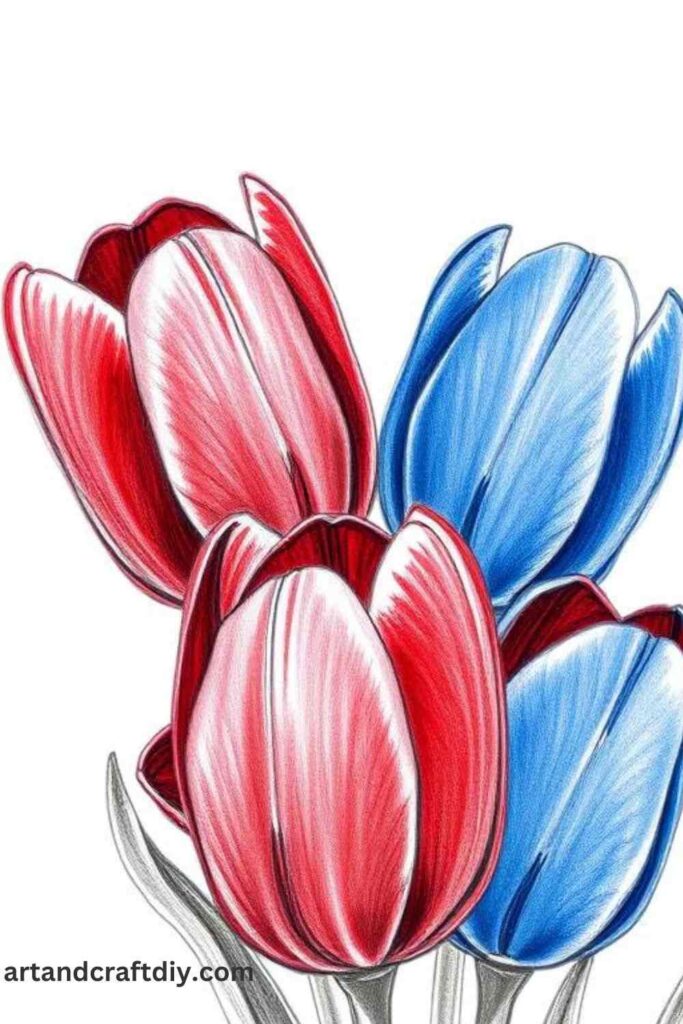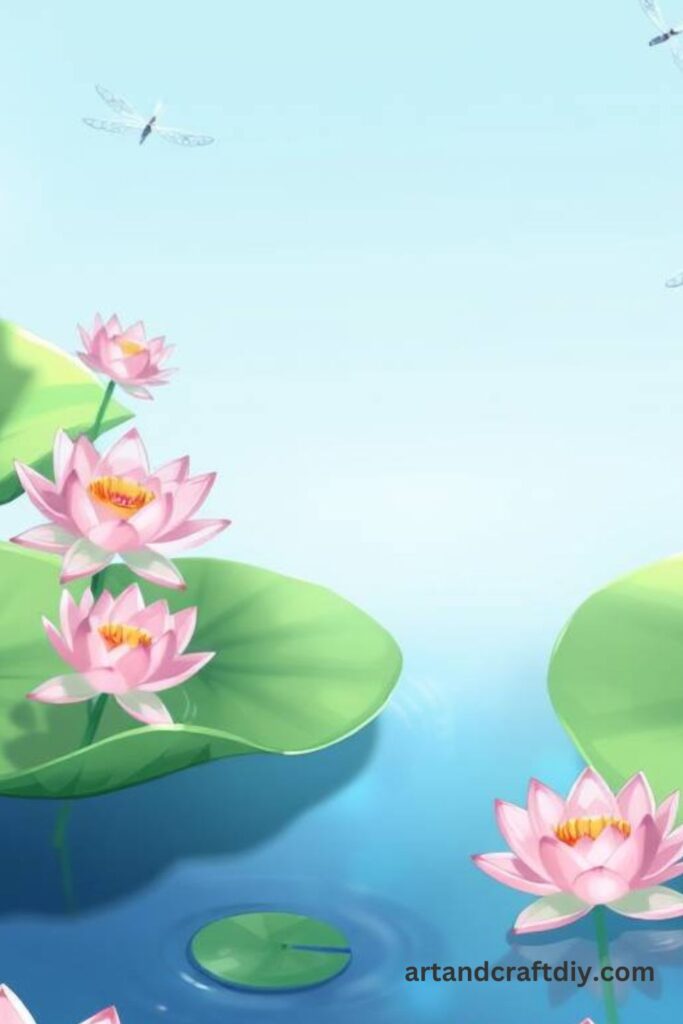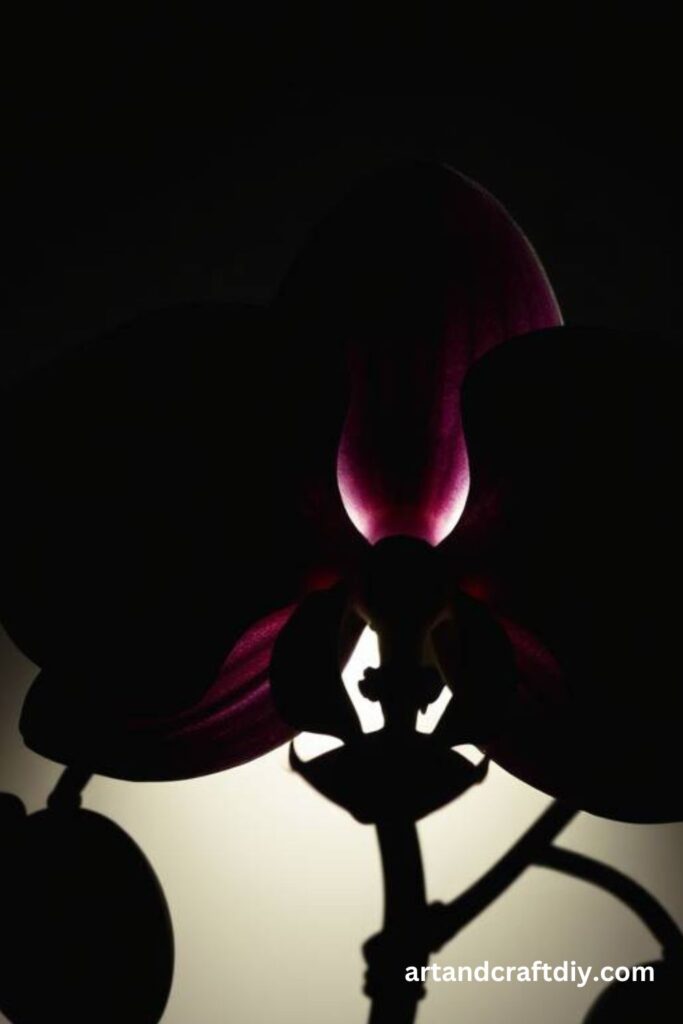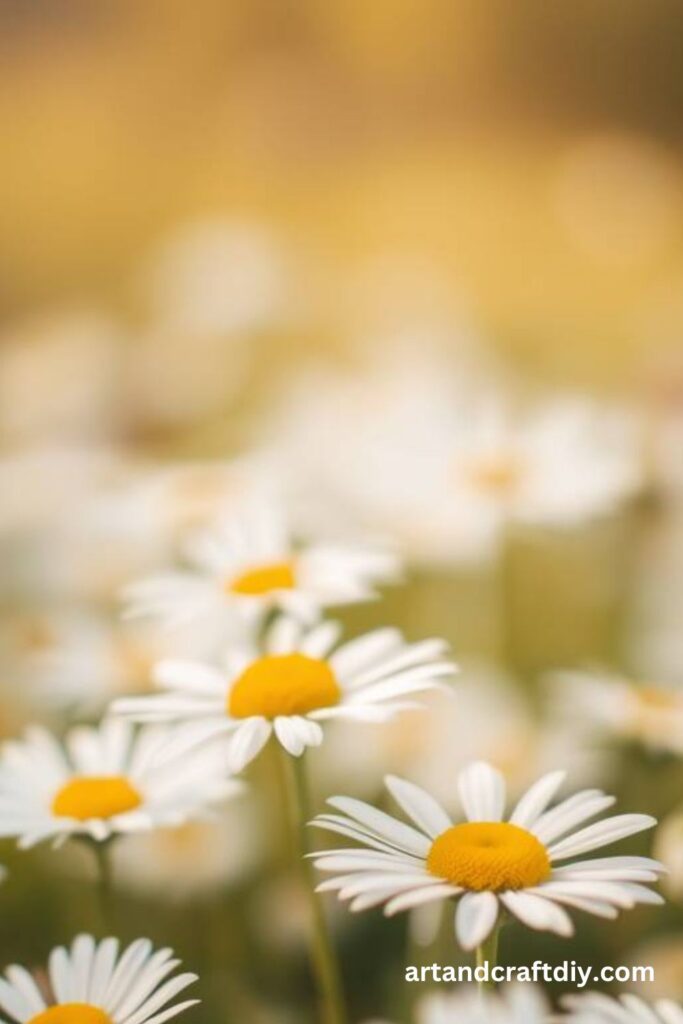Flower painting has long been a popular and versatile art form, capturing the intricate beauty and vibrant colors of nature. This style of painting has been embraced by artists across cultures and eras, offering endless opportunities for creativity. The significance of flowers in visual art goes beyond their aesthetic appeal; they often carry deep symbolism, represent emotions, and invoke feelings through their colors and forms. Whether it’s the delicate softness of a rose or the vibrant energy of a sunflower, flowers have the ability to convey complex meanings. This article aims to inspire creative flower painting ideas, providing fresh perspectives and techniques for artists looking to explore the world of floral art.
Flowers have been a subject of fascination for artists throughout history, from classical still lifes to contemporary pieces. Their allure lies not only in their natural beauty but also in their symbolic meanings. Different flowers have been associated with various emotions, qualities, and cultural beliefs. For example, the lily is often seen as a symbol of purity, while the sunflower represents adoration and loyalty. These symbolic connections offer a rich source of inspiration for flower painting, allowing artists to express deeper narratives and themes in their work.
Flower Painting Ideas
Flower painting ideas can be an inspiring way to explore the beauty of nature through art. From vibrant wildflowers to delicate roses, the possibilities are endless. You can experiment with different styles, like realism, abstract, or impressionism, and play with techniques such as watercolor, oil paints, or acrylics. You might focus on capturing the intricate details of petals and leaves or create a dreamy, colorful background. Adding various elements like a vase, landscape, or a butterfly can further enhance the composition. Flower paintings offer a wonderful opportunity for creativity and expression, no matter your skill level.
Abstract Floral Explosion
An abstract representation of flowers with vibrant colors. This painting uses a freeform style to portray the energy of blooms.
- Materials: Acrylic paint, canvas, paintbrushes, palette, water container.
- Steps:
- Use large strokes to create a chaotic arrangement of flower shapes in a non-representational manner.
- Layer colors on top of one another for depth, using colors like purple, pink, orange, and green.
- Work from dark to light to build contrast and add layers of interest.
- Don’t worry about realistic depictions, just focus on creating dynamic shapes and splashes of color.
Watercolor Wildflower Field
A delicate representation of wildflowers in a serene, soft-focus style, highlighting the beauty of nature.
- Materials: Watercolor paints, watercolor paper, brushes, water container.
- Steps:
- Begin by lightly sketching the outline of wildflowers using a pencil.
- Apply a light wash of color for the background to create a soft sky and distant hills.
- Gradually layer washes of color for each wildflower, keeping the strokes loose and fluid.
- Focus on blending colors to create soft gradients and transitions between the flowers and the background.
Impressionist Sunflower Garden
A vibrant and loose interpretation of sunflowers in a garden setting, using bold, impasto techniques.
- Materials: Oil paints, canvas, palette knives, brushes.
- Steps:
- Block out large areas of color for the sky, sunflowers, and ground.
- Use a palette knife to apply thick strokes of yellow, orange, and green to build texture in the flowers.
- Use short, broken brushstrokes to capture the texture of the flowers and leaves.
- Focus on light and shadow to create the illusion of sunlight reflecting off the petals.
Monochrome Rose Study
A single rose painted in a single color to explore the details and texture of petals.
- Materials: Charcoal, graphite, or acrylic paints, canvas or paper.
- Steps:
- Start with a detailed pencil sketch of the rose.
- Use charcoal or paint to shade the petals, focusing on the gradual transitions between light and dark.
- Add texture to the petals with small, circular brush strokes to show the fine details.
- Emphasize the soft transitions of light across the curved petals.
Vintage Botanical Illustration
A traditional, detailed depiction of a single flower, similar to those found in botanical textbooks.
- Materials: Watercolor paints, fine-liner pen, watercolor paper.
- Steps:
- Begin with a detailed pencil sketch of the flower and its leaves.
- Use fine-liner pens to outline the edges of the flower for sharp definition.
- Carefully apply watercolor, layer by layer, to bring depth and detail to the petals and leaves.
- Focus on fine details like veins in the petals and subtle color variations.
Floating Lotus Blossoms
A peaceful painting of lotus flowers floating on a pond, symbolizing serenity and tranquility.
- Materials: Acrylic paints, canvas, brushes, water container.
- Steps:
- Start by painting the background of a water surface, using light blues and greens for the pond.
- Paint the lotus flowers in soft, pastel hues of pink and white, giving them a glowing effect.
- Add shadows under the flowers to create the appearance of them floating on the surface.
- Use light, sweeping brushstrokes to paint the leaves, keeping them soft and fluid.
Pop Art Tulips
A modern, high-contrast representation of tulips in the pop art style, with bright colors and graphic elements.
- Materials: Acrylic paints, canvas, markers, paintbrushes.
- Steps:
- Sketch the basic outline of the tulips in bold, geometric shapes.
- Fill the flowers with bright, contrasting colors such as red, yellow, and blue.
- Add thick black lines around the shapes to give them a graphic, comic-like appearance.
- Use a bright color for the background, making sure the flowers pop against it.
Oil Painting Lily Pond
A soft, realistic depiction of a lily pond, with lilies reflecting on the water’s surface.
- Materials: Oil paints, canvas, brushes, palette knives.
- Steps:
- Begin by sketching the general outline of the pond and lily pads.
- Use soft, blending techniques to create reflections in the water, with shades of blue and green.
- Paint the lilies with soft, glowing whites and pinks, focusing on the gentle curves of the petals.
- Use thin, delicate strokes to add small details like ripples in the water.
Watercolor Orchid Portrait
A detailed study of an orchid, focusing on delicate textures and light contrasts.
- Materials: Watercolor paints, watercolor paper, brushes, masking fluid.
- Steps:
- Lightly sketch the orchid’s structure, paying attention to its delicate petals and leaves.
- Use masking fluid to protect the lightest areas of the flower.
- Paint the petals with thin layers of transparent colors, gradually building depth.
- Once dry, add details with a fine brush to enhance the texture of the petals and the veins.
Field of Daisies
A loose, impressionistic style painting of daisies scattered across a meadow.
- Materials: Acrylic paints, canvas, brushes, palette.
- Steps:
- Begin by painting the sky with light blues and the grassy field with greens.
- Add simple, circular brushstrokes for the flowers, using white, yellow, and light green.
- Use a splattering technique to give a sense of random daisies in the field.
- Add some contrast with darker greens and browns for the ground and distant flowers.
Red Poppy Fields
A vibrant field of red poppies, with a focus on capturing the movement and energy of the flowers.
- Materials: Oil paints, canvas, brushes, palette.
- Steps:
- Paint the sky and background in soft gradients of blue and green.
- Use bold strokes of red to form the poppies, with darker shades for the centers.
- Create a sense of movement by blending edges and using brushstrokes that suggest wind or sway.
- Add green leaves and stems in sweeping curves to guide the viewer’s eye.
Tulip Garden in Spring
A lively scene of colorful tulips blooming in a vibrant garden.
- Materials: Acrylic paints, canvas, brushes, palette.
- Steps:
- Start by sketching the tulips and the surrounding garden.
- Paint the flowers using a variety of bright colors like pink, red, and yellow.
- Layer the colors to create the illusion of petals overlapping and casting shadows.
- Paint the green leaves and stems, giving the scene a fresh, springtime vibe.
Gothic Dark Roses
A dramatic and moody portrayal of roses, with deep, rich colors and dark shadows.
- Materials: Oil paints, canvas, brushes, palette.
- Steps:
- Use dark tones like maroon, deep purple, and black to paint the roses.
- Layer colors to give depth to the petals, using a glazing technique to create luminosity.
- Add shadows and highlights to emphasize the richness of the dark flowers.
- Use soft strokes to create a mystical, shadowy atmosphere around the roses.
Tropical Hibiscus Blossom
A colorful, tropical hibiscus flower with bold, saturated hues against a soft background.
- Materials: Acrylic paints, canvas, brushes, palette.
- Steps:
- Paint the background with soft gradients of turquoise or light blue.
- Use bright oranges, reds, and yellows to paint the hibiscus petals.
- Add shadows to the base of the petals to show depth and curvature.
- Highlight the center of the flower with a yellow or white detail.
Dandelion Seeds Blowing in the Wind
A light and airy painting of dandelion seeds being carried away by the wind.
- Materials: Watercolor paints, watercolor paper, brushes, masking fluid.
- Steps:
- Lightly sketch the outline of dandelions on the paper.
- Use masking fluid to preserve the white areas of the dandelion seeds.
- Paint the background with soft washes of color, making the dandelions stand out.
- Once dry, carefully remove the masking fluid and paint the seeds, letting them float away into the wind.
Japanese Cherry Blossoms
A serene and detailed representation of cherry blossoms in full bloom.
- Materials: Watercolor paints, watercolor paper, fine brushes.
- Steps:
- Lightly sketch the branches and blossoms.
- Paint soft, transparent washes of pink for the petals.
- Add depth and details to the petals and branches with a fine brush.
- Paint the delicate green leaves and light blue sky in the background.
Sunflower Still Life
A realistic still life of sunflowers in a vase, showcasing the rich textures and shapes.
- Materials: Oil paints, canvas, brushes, palette.
- Steps:
- Begin by sketching the basic shapes of the vase and flowers.
- Use thick, textured brushstrokes to capture the petals of the sunflowers.
- Add depth by painting shadows and highlights on the petals and leaves.
- Use smooth, controlled strokes for the vase, emphasizing the contrast between the organic flowers and the smooth vase.
Whimsical Daisy Chain
A playful painting of daisies woven together into a delicate chain.
- Materials: Acrylic paints, canvas, brushes, palette.
- Steps:
- Start by painting individual daisies in a random, yet balanced pattern.
- Connect the flowers with gentle curves of green stems.
- Add soft shading to the petals to show dimension.
- Paint the background with a light, airy color to create a whimsical, carefree atmosphere.
Citrus Flowers with Lemon Blossoms
A colorful still life of lemon blossoms alongside citrus fruits, capturing the bright, zesty essence of the scene.
- Materials: Watercolor paints, watercolor paper, brushes.
- Steps:
- Sketch the lemons and flowers in a balanced composition.
- Use washes of yellow and green for the lemons, layering for depth.
- Paint the delicate white blossoms with soft, transparent washes of white and pale pink.
- Add green leaves and stems for contrast and finish with subtle background details.
Misty Morning Poppies
A soft, misty scene with poppies in the foreground, evoking a tranquil, early-morning feel.
- Materials: Oil paints, canvas, brushes, palette knives.
- Steps:
- Paint the background with soft, blurred blues and grays to represent the mist.
- Paint the poppies with bold red tones, using thick layers of paint to create texture.
- Add shadows and highlights to the flowers and stems, giving them depth.
- Use soft strokes to blend the flowers into the misty atmosphere.
Tulip Bouquet in Vase
A traditional still life of colorful tulips arranged in a vase, celebrating springtime beauty.
- Materials: Acrylic paints, canvas, brushes, palette.
- Steps:
- Begin by painting the basic shapes of the vase and tulips.
- Use smooth, blended brushstrokes to paint the petals in a variety of colors.
- Add depth and dimension to the flowers by layering darker colors for the shadows.
- Complete the still life with soft touches of green for the stems and leaves.
Peony Garden at Sunset
A soft, romantic scene of peonies in a garden with the glow of a sunset in the background.
- Materials: Oil paints, canvas, brushes, palette.
- Steps:
- Paint the sunset sky with warm oranges, pinks, and yellows.
- Layer the peonies with soft shades of pink, lavender, and white.
- Use smooth brushstrokes to blend the colors, capturing the soft transitions of light.
- Add details to the leaves and stems to complete the scene.
Cactus Flower in Desert
A stark, desert landscape featuring the delicate bloom of a cactus.
- Materials: Acrylic paints, canvas, brushes, palette.
- Steps:
- Paint the desert background with warm, sandy tones.
- Create the cactus with rough, textured strokes using greens and browns.
- Add the cactus flower with vibrant pinks, reds, or oranges to make it stand out.
- Use detailed brushwork to depict the fine textures of the cactus needles.
Giant Sunflower in Bloom
A large, close-up portrayal of a sunflower in full bloom, showcasing intricate details.
- Materials: Oil paints, canvas, brushes, palette.
- Steps:
- Paint the center of the sunflower with dark browns and yellows, adding texture.
- Layer the petals with bold strokes of yellow, orange, and brown.
- Add fine details to the petals and leaves with thin brushstrokes for depth.
- Focus on creating a natural, sunlit effect with the use of shadows.
Lily of the Valley in the Forest
A peaceful, ethereal scene featuring lilies of the valley growing in a shaded forest glen.
- Materials: Watercolor paints, watercolor paper, brushes, masking fluid.
- Steps:
- Lightly sketch the shapes of the lilies and the surrounding forest plants.
- Use masking fluid to preserve the white of the lilies’ flowers.
- Paint the green leaves with soft washes of color, creating depth.
- Add delicate touches of white and pink to the lily flowers once the base layers dry.
Pansies in a Basket
A charming still life of pansies in a woven basket, celebrating vibrant colors and textures.
- Materials: Acrylic paints, canvas, brushes, palette.
- Steps:
- Start by painting the outline of the basket, using brown and tan tones for texture.
- Fill the basket with bright pansy flowers, using purple, yellow, and white.
- Add depth to the petals with soft layers of shading and highlights.
- Add small green leaves and delicate details to the flowers’ centers.
Tropical Orchid Garden
A lush and detailed painting of various orchids in a tropical garden.
- Materials: Oil paints, canvas, brushes, palette.
- Steps:
- Begin by painting the tropical background with rich greens and blues.
- Paint the orchids with a variety of bright colors, focusing on their delicate shapes.
- Use thin, detailed brushwork to capture the veining and texture of the petals.
- Add soft shadows and light to create depth in the scene.
Lavender Fields at Dusk
A serene landscape of lavender fields under a dusky sky, evoking peace and calm.
- Materials: Oil paints, canvas, brushes, palette.
- Steps:
- Paint the lavender fields using rich purples and soft greens.
- Create the dusky sky with soft washes of pinks, purples, and blues.
- Layer the flowers in rows, using dark tones at the back and lighter tones in the foreground.
- Add highlights to the flowers to suggest the last rays of sunlight.
Clematis Vine
A detailed portrayal of a clematis vine climbing a trellis, filled with intricate flowers.
- Materials: Watercolor paints, watercolor paper, brushes.
- Steps:
- Sketch the vine and flowers, making sure to show the structure of the climbing plant.
- Paint the delicate flowers with shades of purple, pink, or white, using layered washes.
- Add texture to the leaves with fine brushstrokes, creating soft gradients.
- Detail the trellis and vines with darker greens and browns.
Roses in a Vase
A classic, elegant still life featuring roses in a glass vase, capturing their full, romantic beauty.
- Materials: Oil paints, canvas, brushes, palette.
- Steps:
- Sketch the shape of the vase and the arrangement of roses.
- Paint the roses using layers of soft reds, pinks, and whites.
- Add shadows to the petals for depth and texture.
- Finish with subtle reflections on the vase and fine details in the background.
Why Paint Flowers?
Flowers have long been a favorite subject in art, admired for their beauty, vibrancy, and symbolism. Beyond their aesthetic appeal, painting flowers offers numerous benefits for both the artist and the viewer. From therapeutic effects to emotional expression, flowers can be a gateway to creativity and self-discovery. Below are some reasons why painting flowers holds a special place in art:
Therapeutic Benefits of Flower Painting Ideas
- Stress Relief: Engaging in flower painting allows artists to focus on the process, which can help reduce stress and promote relaxation. The act of painting itself becomes a meditative experience, where the mind is free to flow with the strokes.
- Mindfulness: Painting flowers encourages mindfulness, a practice where artists immerse themselves in the present moment. By paying attention to the details of a flower’s shape, color, and texture, artists can foster a sense of calm and awareness.
How Flowers Evoke Emotion
- Color: Different colors evoke different emotions, and flowers come in a wide variety of hues. Bright reds and yellows can elicit feelings of happiness and warmth, while softer blues and purples may evoke calm or sadness.
- Texture: The intricate details of petals, leaves, and stems can elicit tactile sensations that mirror emotional experiences. The smoothness of a rose petal or the delicate structure of a lily may evoke a sense of gentleness or fragility.
- Form: The unique shapes of flowers—whether a bold sunflower or a gentle daisy—often mirror human emotions, creating a connection between the viewer and the natural world.
Popularity Across Various Mediums
- Oil Paint: Known for its depth and rich textures, oil painting allows artists to create stunningly detailed representations of flowers, showcasing their layers and intricacies.
- Watercolor: The fluid nature of watercolor enhances the softness and transparency of flowers, creating a light, airy feel. This medium can beautifully capture the delicate nature of flowers.
- Acrylic: Acrylics offer versatility and boldness, allowing for both fine details and abstract representations of flowers. The medium’s fast-drying properties enable dynamic, vibrant compositions.
Tips for Creating Stunning Flower Painting Ideas
Creating beautiful Flower Painting Ideas requires a mix of technique, observation, and creativity. Whether you’re a beginner or an experienced artist, following these tips can help you capture the natural elegance of flowers and bring them to life on canvas. Here are some key points to guide your process:
-
Observe Real Flowers for Accurate Shapes and Colors
- Spend time observing real flowers closely to capture their true shapes, colors, and textures.
- Pay attention to the way light affects the flowers, the subtle color variations in petals, and the delicate veins in leaves.
- Taking photographs or working with a live specimen can help you better understand the nuances of each flower’s form.
-
Start with Sketches and Refine Details
- Begin your painting by sketching the basic shapes and outlines of the flowers. This will act as a framework for your work.
- Focus on proportion and placement, ensuring that the flowers look balanced and natural.
- Gradually refine your sketches by adding finer details, such as petal textures and any small imperfections that give the flowers character.
FAQ
What are some simple flower painting ideas for beginners?
For beginners, focus on simple Flower Painting Ideas like daisies, sunflowers, or tulips. Use basic shapes and try watercolor or acrylic paints. Experimenting with one color at a time can also help you build confidence.
How do I choose the right medium for Flower Painting Ideas?
The right medium depends on your style and comfort level. Watercolors are great for soft, delicate flowers, while acrylics give you vibrant colors and a more textured look. Oils offer depth and richness, ideal for detailed and layered flower paintings.
Can I paint flowers using a realistic style?
Yes, you can paint flowers in a realistic style by focusing on details, shading, and accurate color mixing. Study real flowers or reference photographs to capture the fine details and lifelike qualities.
What are some creative Flower Painting Ideas?
Consider abstract Flower Painting Ideas, or create floral patterns using unconventional colors or techniques like splattering paint. You can also explore painting flowers in unusual settings, such as in a cosmic or underwater theme.

Hi, I’m Victoria, an art and craft teacher at Newark City Schools, where I have the joy of working with middle school students to help them explore their creativity and develop their artistic talents. I believe that art is a powerful way for students to express themselves, and I strive to make every lesson a fun, engaging, and inspiring experience.
I created this website to share the art and craft projects, techniques, and resources that I use in my classroom, hoping to inspire both educators and young artists alike. Whether you’re a teacher looking for new ideas or a student eager to try something new, I’m excited to provide creative tools and projects that anyone can enjoy.
When I’m not in the classroom, I love experimenting with different art forms and learning new crafting techniques. My goal is to help others discover the joy of making things with their hands, and I hope my website serves as a space for everyone to explore their creative potential.


